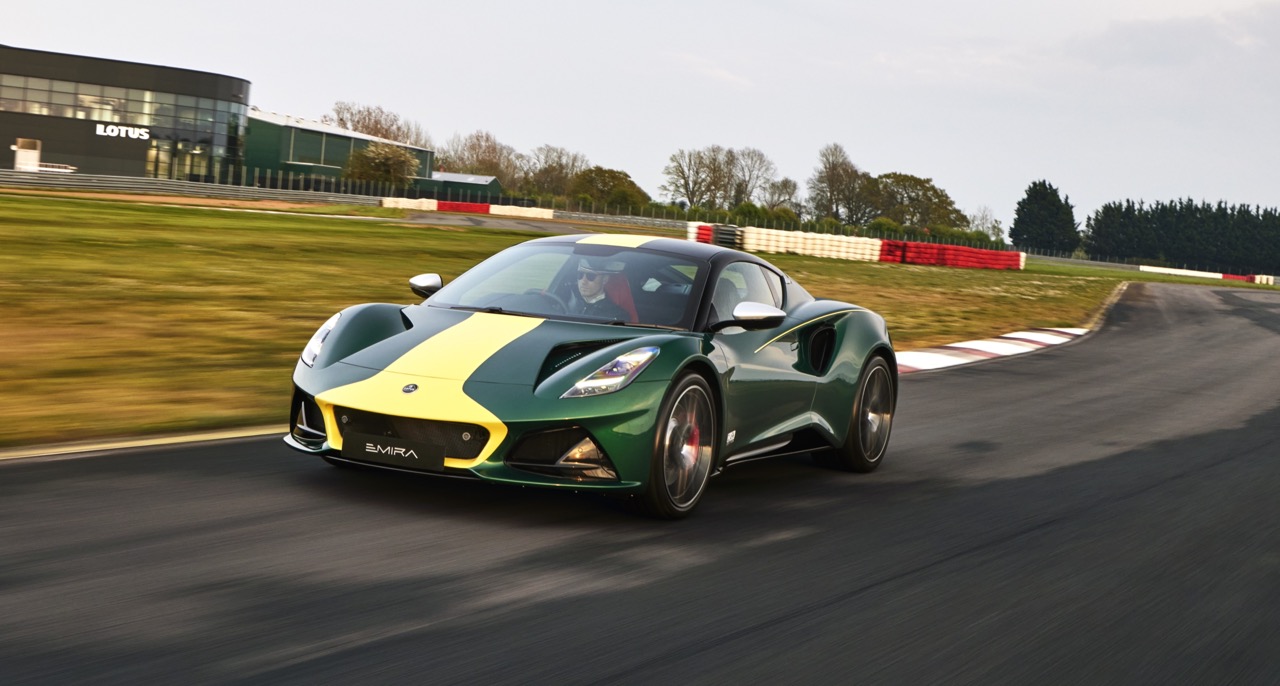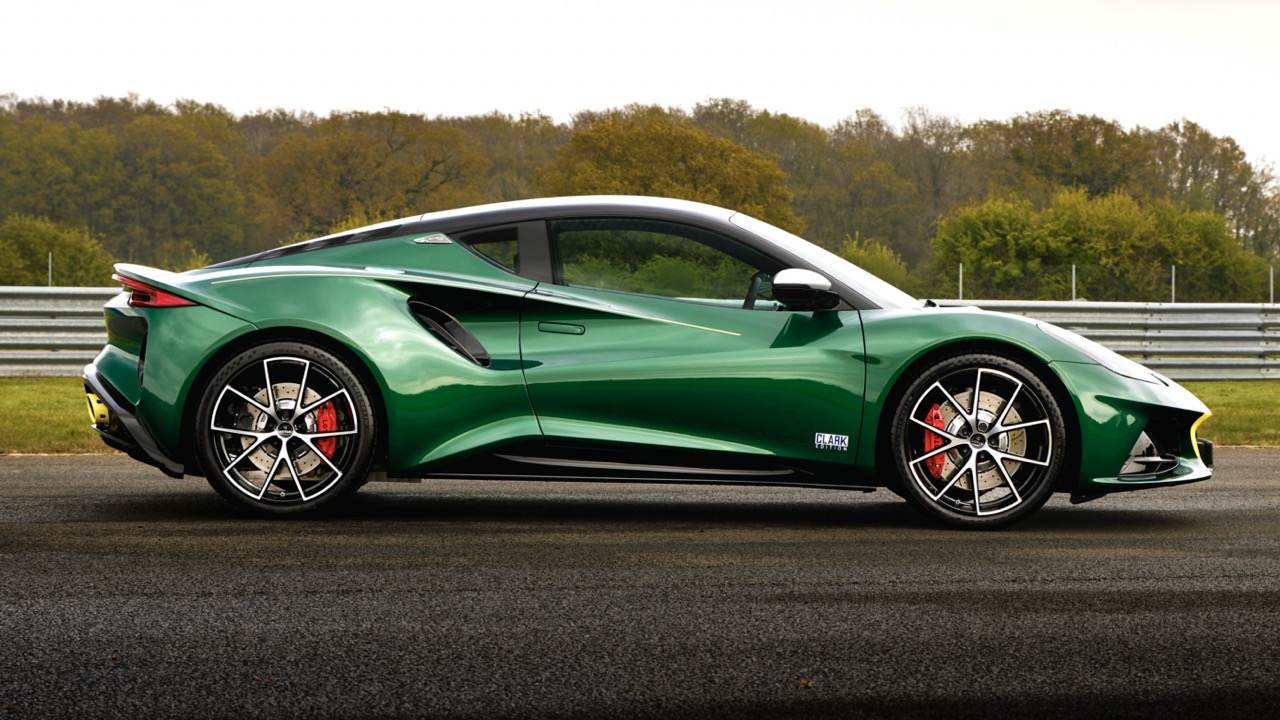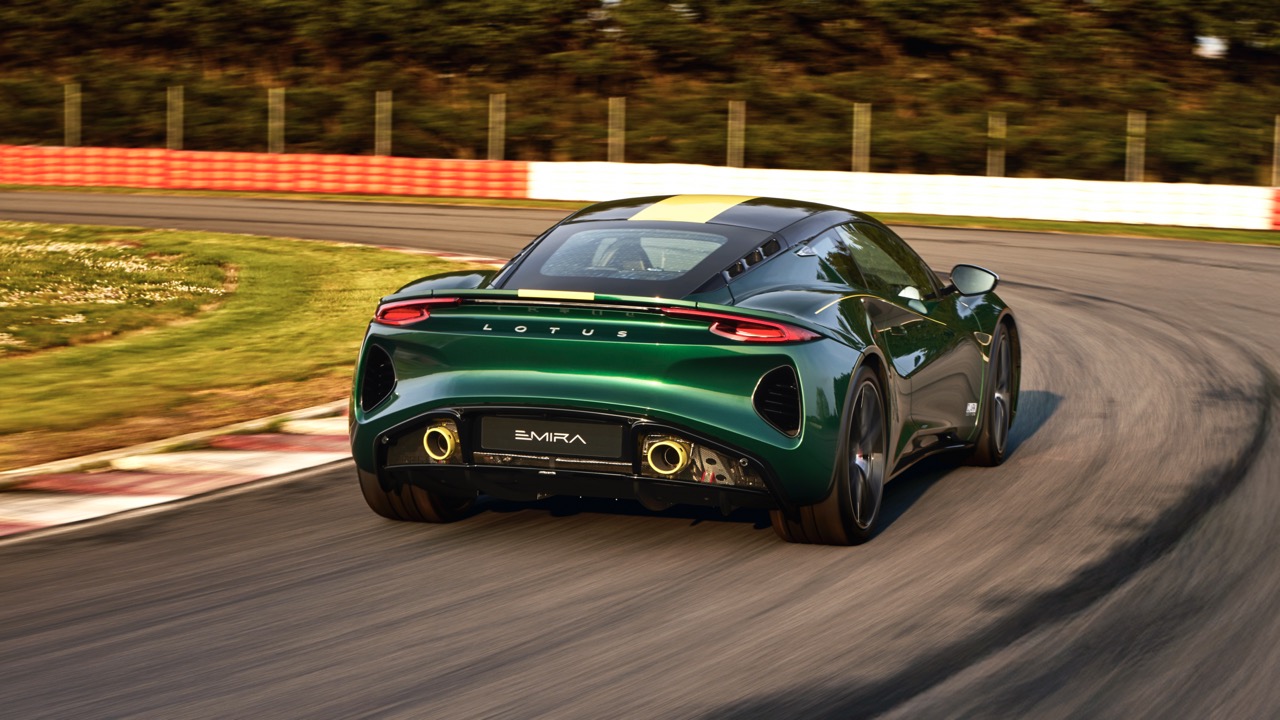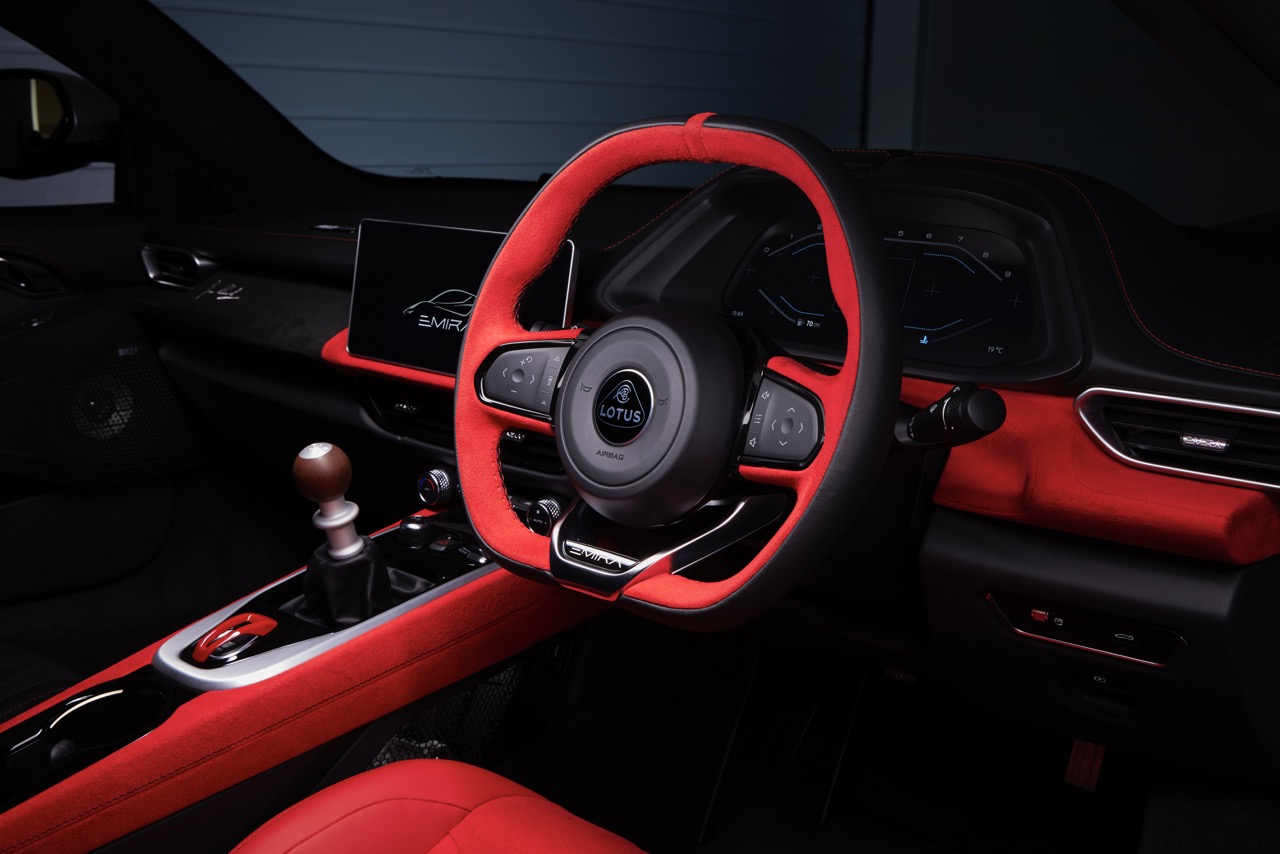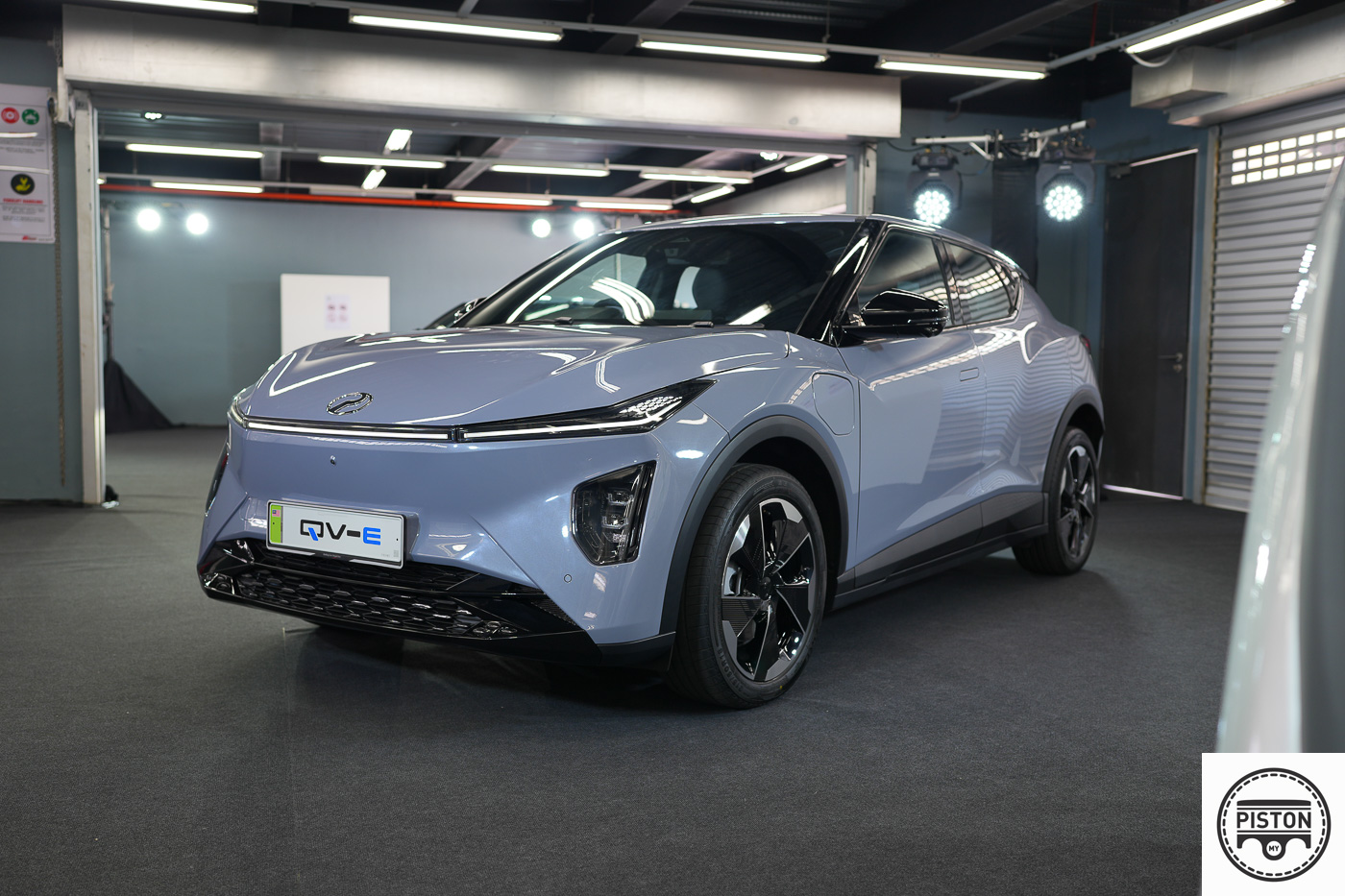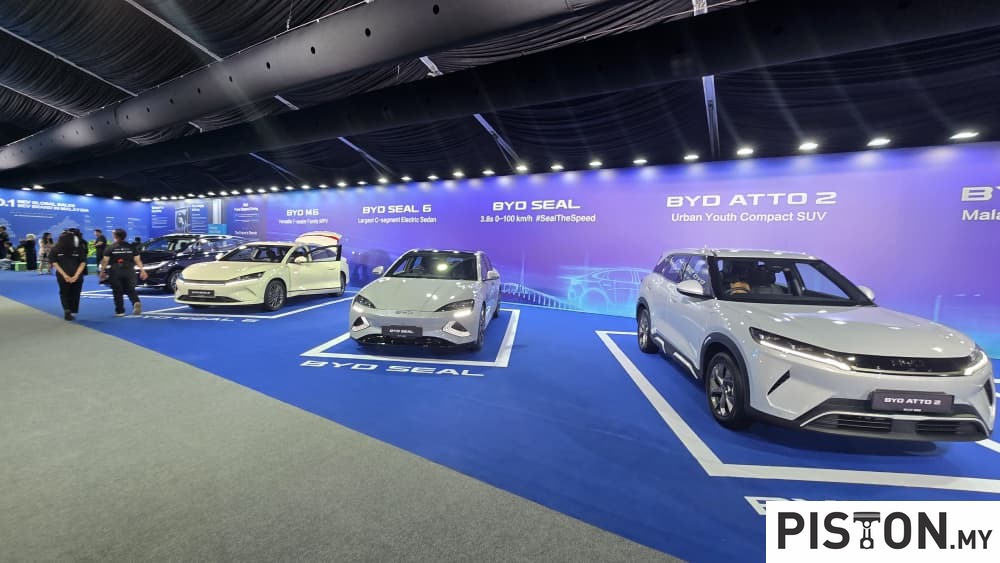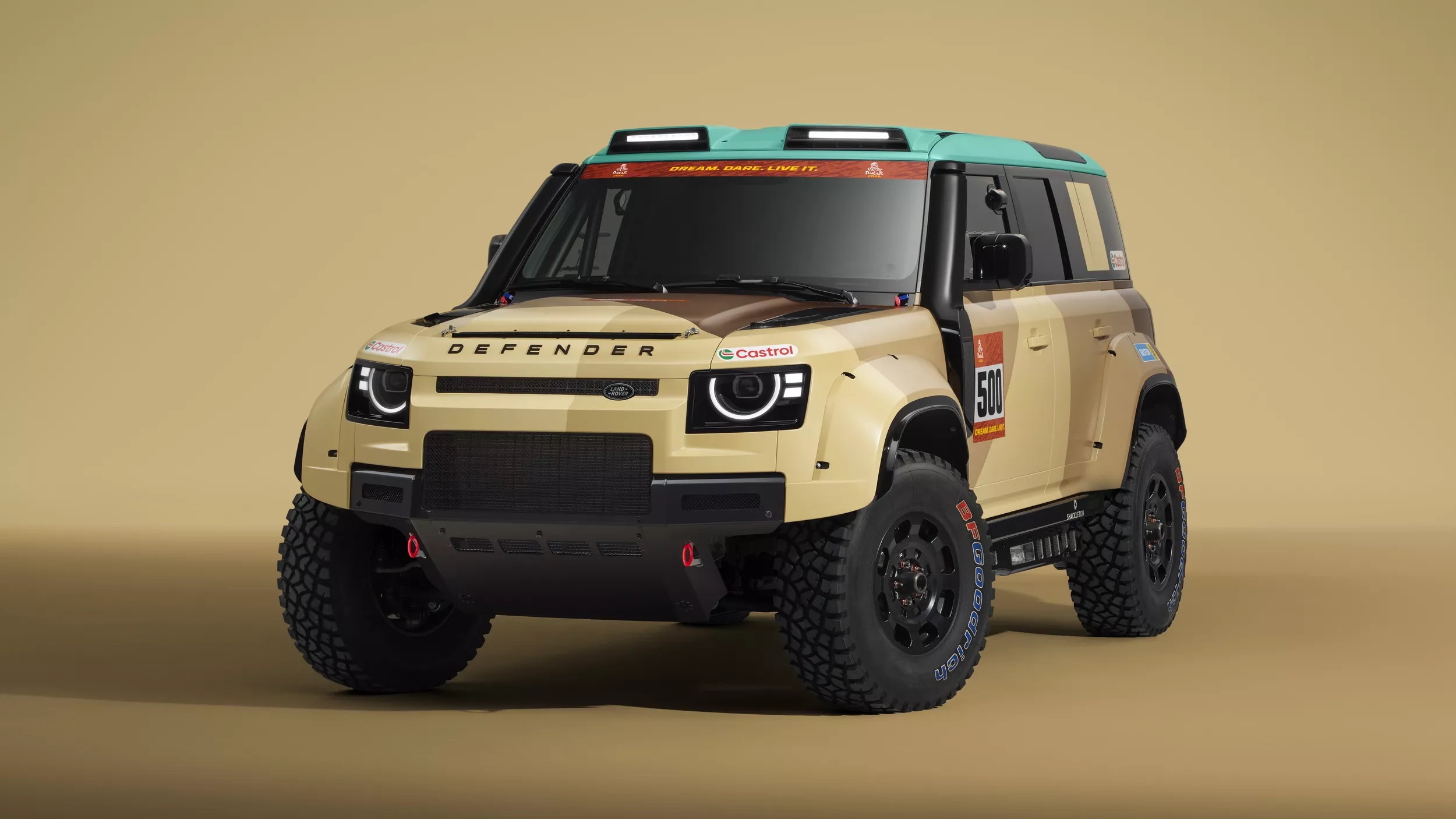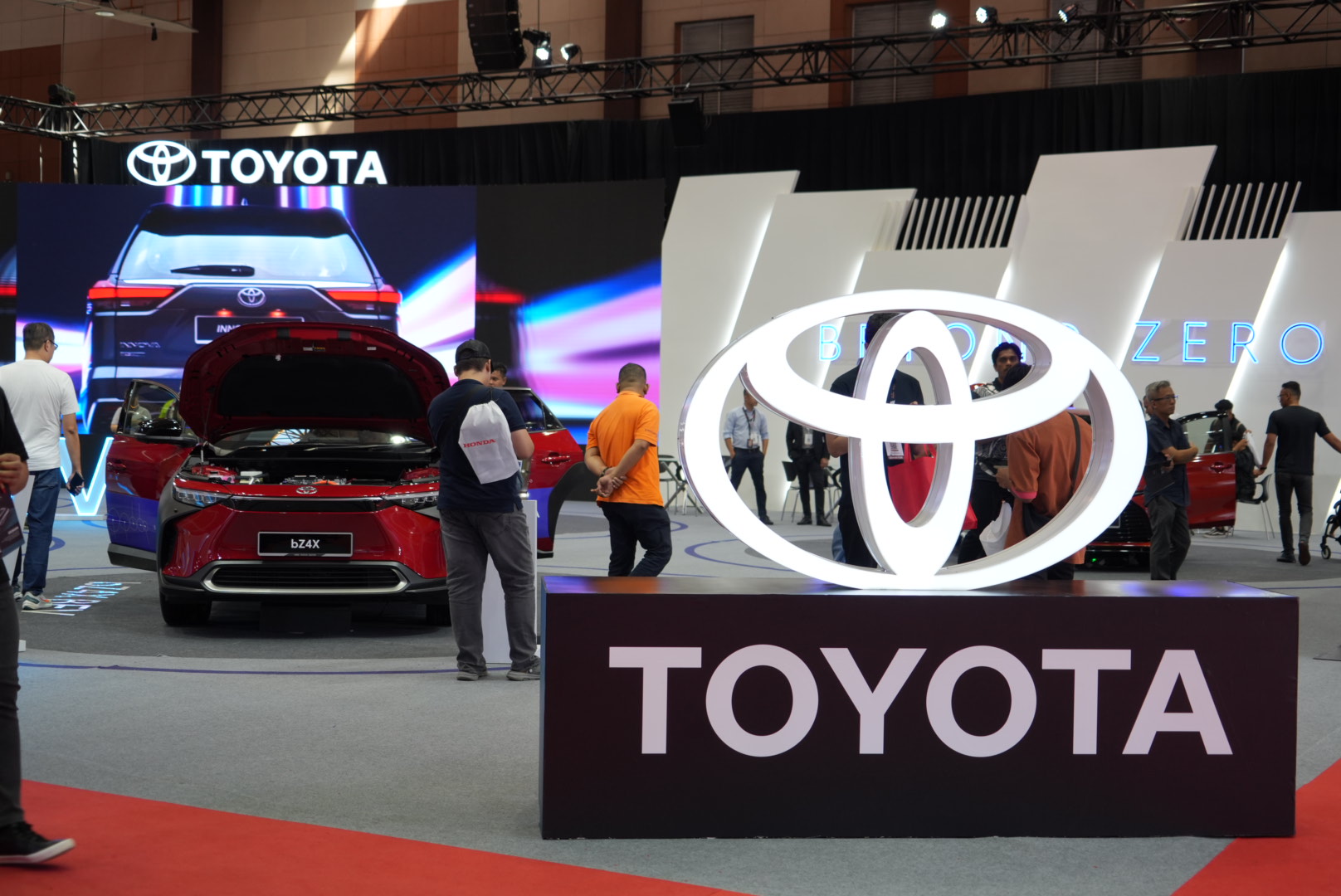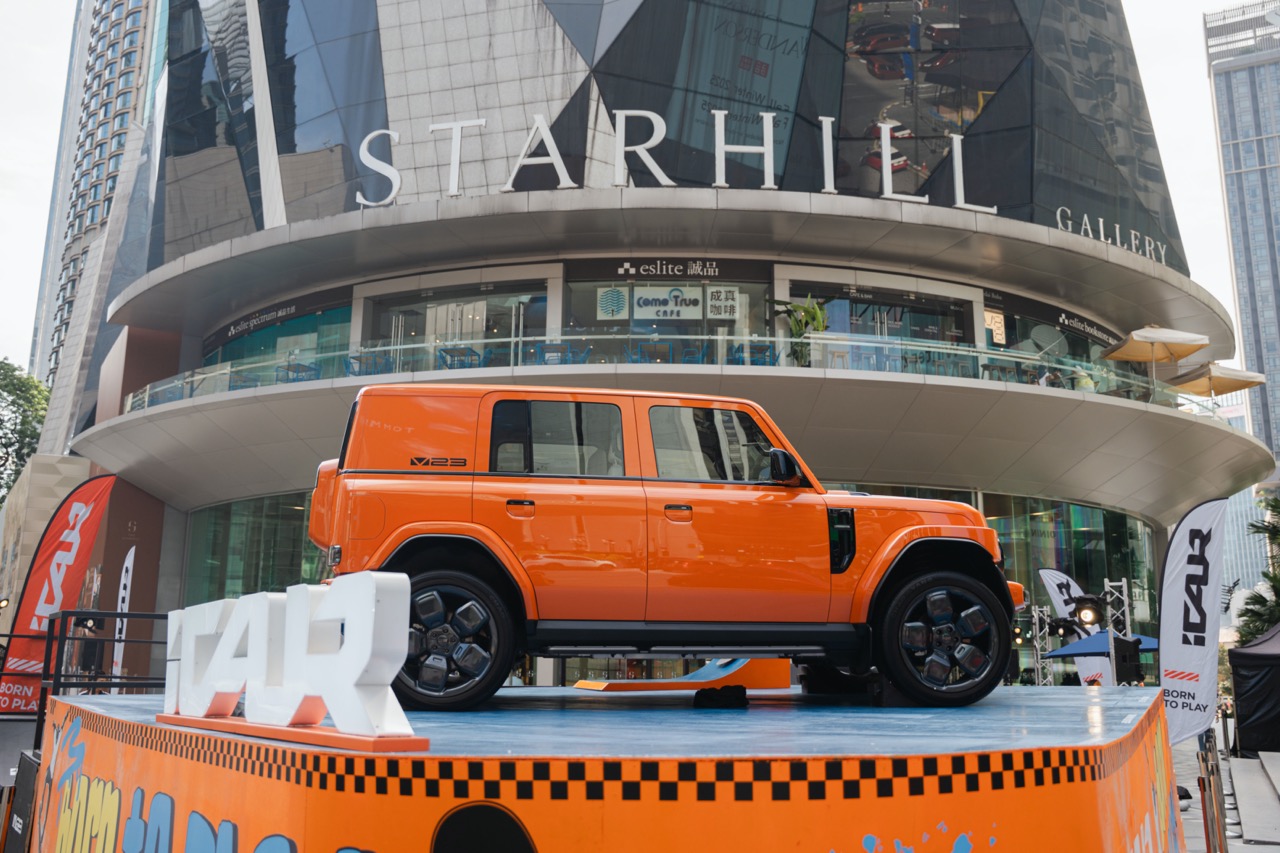Lotus is actively exploring the introduction of a V8 engine for its Emira sports car as part of a renewed strategy to broaden the appeal of its final combustion-engined model. This move comes as the company, now under the ownership of Geely, seeks to address both regulatory constraints and sustained market demand, particularly in the United States.
The Emira, currently available with a supercharged V6 sourced from Toyota and a turbocharged four-cylinder engine supplied by Mercedes-AMG, delivers up to 400bhp in both variants. However, the V6 is set to be discontinued as it cannot be made compliant with the forthcoming Euro 7 emissions regulations. Although Lotus had previously planned to phase out the V6 in favour of the AMG four-cylinder, consumer preference, especially in the US, has prompted a reassessment.
According to Autocar, Lotus Chief Executive Officer Feng Qingfeng confirmed during a recent investor briefing that the company is considering a higher-performance version of the Emira and is currently assessing the viability of fitting it with a V8. His remarks followed feedback from an American dealer who proposed a lightweight, high-powered alternative capable of rivalling the Porsche 911 GT3.
While Lotus has yet to confirm the exact configuration, speculation centres on the AMG 4.0-litre twin-turbo V8, which is already used in performance models such as the Aston Martin Vantage and DBX. However, integrating such a powertrain into the Emira’s compact, mid-engined chassis would require substantial engineering revisions. Matt Windle, newly appointed CEO of Lotus Cars Europe and head of the Hethel manufacturing facility, acknowledged that discussions are underway with the brand’s current engine supplier, and that multiple powertrain options are being examined.
The Emira remains Lotus’s only petrol-powered offering and is built exclusively at its Hethel plant. The model set a sales record last year with 5,272 units delivered. With the United States historically representing a critical market for Lotus, the company is placing significant emphasis on maintaining the Emira’s competitiveness there.
However, recent geopolitical shifts have complicated the situation. In April, the United States imposed a 25% tariff on British-built vehicles, leading Lotus to halt Emira exports to the country. This followed an earlier US decision to levy a 145% tariff on Chinese-manufactured goods, prompting Lotus to withdraw its Chinese-built Eletre SUV and Emeya electric saloon from the American market entirely.
A new trade agreement between the UK and US that reduces tariffs on UK-built vehicles to 10% has offered a potential reprieve. Nonetheless, Lotus has yet to resume shipments, as it awaits detailed clarification on how the new terms will be implemented. Windle indicated that while vehicles are ready for export, the company remains cautious, preferring to avoid any premature actions that could incur financial penalties.
Looking further ahead, Lotus had originally intended for the Emira to be its final combustion-engine sports car, with an electric successor on the horizon. However, the transition to electric propulsion is not moving forward as swiftly as anticipated. The firm is still evaluating whether market demand is sufficient to support the launch of an all-electric sports car, suggesting that internal combustion may yet have a future in the Lotus range—albeit a limited one.
If approved, the V8-powered Emira would mark the company’s first V8 model since production of the Esprit ended in 2004. As Lotus balances regulatory demands, customer preferences, and trade complexities, the Emira V8 could emerge as a bold send-off to the marque’s celebrated combustion heritage.



